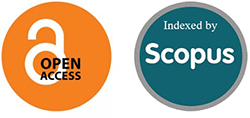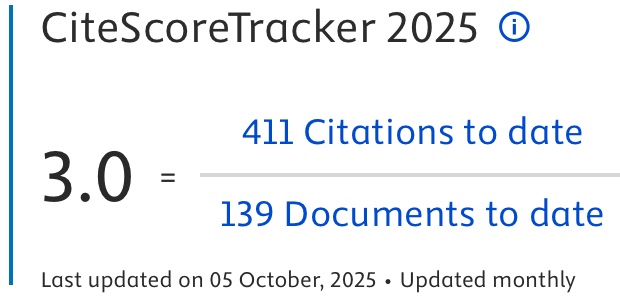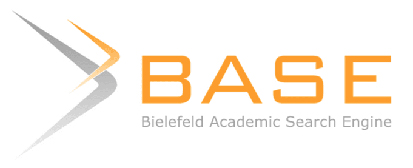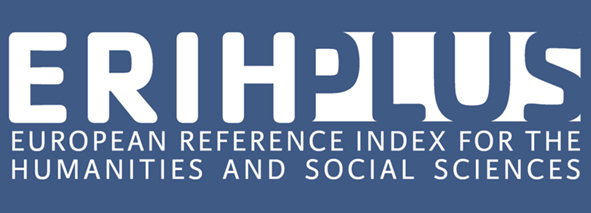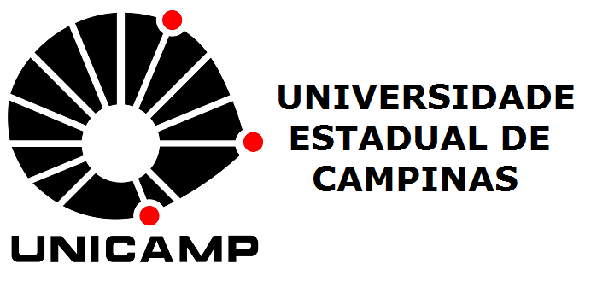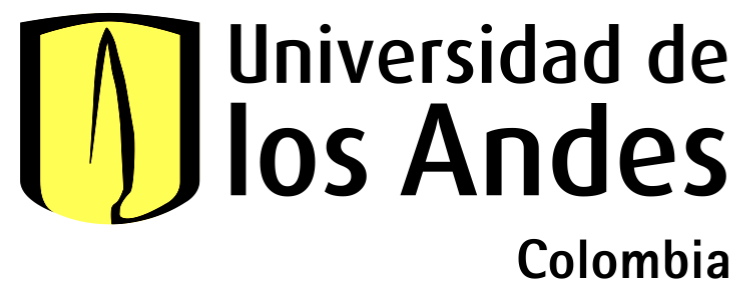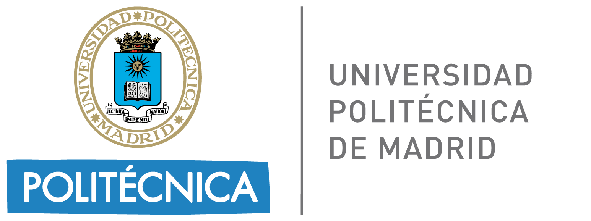Gemello digitale urbano e modellazione energetica – Esperienze e analisi di casi d’uso
DOI:
https://doi.org/10.19229/2464-9309/15122024Parole chiave:
gemello urbano digitale, transizione energetica, modellazione energetica, neutralità climatica, decarbonizzazioneAbstract
La transizione verso città sostenibili e digitali è una sfida complessa, con implicazioni cruciali per il benessere dei cittadini. In questo contesto il concetto di Gemello Digitale (GD) urbano emerge come una risorsa innovativa, seppure le metodologie di applicazione e le tecnologie siano ancora in fase iniziale. L’articolo pertanto esplora l’uso del GD urbano nell’ambito della transizione energetica, focalizzandosi sull’esperienza di Bologna, una città italiana impegnata nella neutralità climatica entro il 2030. La sperimentazione in casi studio specifici dimostra come il GD consenta l’analisi dei dati e la simulazione di scenari trasformativi per ottimizzare l’efficienza energetica e promuovere la decarbonizzazione, contribuisca alle sfide legate alla raccolta e integrazione dei dati, agevoli il superamento dei problemi di privacy e abiliti una governance multi-stakeholder.
Info sull'articolo
Ricevuto: 18/03/2024; Revisionato: 10/04/2024; Accettato: 20/04/2024
Downloads
##plugins.generic.articleMetricsGraph.articlePageHeading##
Riferimenti bibliografici
Al-Seharwy, R., Kumar, B. and Watson, R. (2021), “A Digital Twin Uses Classification System for Urban Planning and City Infrastructure Management”, in Journal of Information Technology in Construction, vol. 26, pp. 832-862. [Online] Available at: doi.org/10.36680/j.itcon.2021.045 [Accessed 11 April 2024].
Anselmo, S., Ferrara, M., Corgnati, S. P. and Boccardo, P. (2023), “Aerial urban observation to enhance energy assessment and planning towards climate-neutrality – A pilot application to the city of Turin”, in Sustainable Cities and Society, vol. 99, article 104938, pp. 1-15. [Online] Available at: doi.org/10.1016/j.scs.2023.104938 [Accessed 13 April 2024].
Apanavičienė, R. and Shahrabani, M. M. N. (2023), “Key Factors Affecting Smart Building Integration into Smart City – Technological Aspects”, in Smart Cities, vol. 6, issue 4, pp. 1832-1857. [Online] Available at: doi.org/10.3390/smartcities6040085 [Accessed 11 April 2024].
Attaran, M. and Celik, B. G. (2023), “Digital Twin – Benefits, use cases, challenges, and opportunities”, in Decision Analytics Journal, vol. 6, article 100165, pp. 1-10. [Online] Available at: doi.org/10.1016/j.dajour.2023.100165 [Accessed 11 March 2024].
Ali, U., Bano, S., Shamsi, M. H., Sood, D., Hoare, C., Zuo, W., Hewitt, N. and O’Donnell J. (2024), “Urban building energy performance prediction and retrofit analysis using data-driven machine learning approach”, in Energy and Buildings, vol. 303, article 113768, pp. 1-16. [Online] Available at: doi.org/10.1016/j.enbuild.2023.113768 [Accessed 11 April 2024].
Annaswamy, A. M., Guan, Y., Tseng, H. E., Zhou, H., Phan, T. and Yanakiev, D. (2018), “Transactive Control in Smart Cities”, in Proceedings of the IEEE, vol. 106, issue 4, pp. 518-537. [Online] Available at: doi.org/10.1109/JPROC.2018.2790841 [Accessed 11 April 2024].
Betis, G., Cassandras, C. G. and Nucci, C. A. (2018), “Smart Cities”, in Proceedings of the IEEE, vol. 106, issue 4, pp. 513-517. [Online] Available at: doi.org/10.1109/JPROC.2018.2812998 [Accessed 11 April 2024].
Bortolini, R., Rodrigues, R., Alavi, H., Vecchia, L. F. D. and Forcada, N. (2022), “Digital Twins’ Applications for Building Energy Efficiency – A Review”, in Energies, vol. 15, issue 19, article 7002, pp. 1-17. [Online] Available at: doi.org/10.3390/en15197002 [Accessed 11 April 2024].
Caprari, G., Castelli, G., Montuori, M., Camardelli, M. and Malvezzi, R. (2022), “Digital Twin for Urban Planning in the Green Deal Era – A State of the Art and Future Perspectives”, in Sustainability, vol. 14, issue 10, article 6263, pp. 1-16. [Online] Available at: doi.org/10.3390/su14106263 [Accessed 11 April 2024].
Dejaco, M. C., Scanagatta, C., Mannino, A. and Condotta, M. (2022), “Transizione digitale per il facility management – BIM, CMMS e manutenzione predittiva | Digital transition in facility management – BIM, CMMS and diagnostic maintenance”, in Agathón | International Journal of Architecture Art and Design, vol. 12, pp. 168-177. [Online] Available at: doi.org/10.19229/2464-9309/12152022 [Accessed 11 April 2024].
Deren, L., Wenbo, Y. and Zhenfeng, S. (2021), “Smart city based on digital twins”, in Computational Urban Science, vol. 1, article 4, pp. 1-11. [Online] Available at: doi.org/10.1007/s43762-021-00005-y [Accessed 11 April 2024].
Doria, E. (2022), “L’automazione del censimento tecnologico – Il centro storico di Betlemme | Automation of urban technological census – The historical centre of Bethlehem”, in Agathón | International Journal of Architecture Art and Design, vol. 12, pp. 178-189. [Online] Available at: doi.org/10.19229/2464-9309/12162022 [Accessed 11 April 2024].
Gantioler, S., Balest, J., Tomasi, S., Voltolini, F. and DellaValle, N. (2023), “Transformative disruptiveness or transition? Revealing digitalization and deep decarbonization pathways in the Italian smart electricity meter roll-out”, in Energy Research and Social Science, vol. 106, article 103309, pp. 1-16. [Online] Available at: doi.org/10.1016/j.erss.2023.103309 [Accessed 11 April 2024].
Hämäläinen, M. (2021), “Urban Development with Dynamic Digital Twins in Helsinki City”, in IET Smart Cities, vol. 3, issue 4, pp. 201-210. [Online] Available at: doi.org/10.1049/smc2.12015 [Accessed 11 April 2024].
Hammi, B., Khatoun, R., Zeadally, S., Fayad, A. and Khoukhi, L. (2018), “IoT technologies for smart cities”, in IET Networks, vol. 7, issue 1, pp. 1-13. [Online] Available at: doi.org/10.1049/iet-net.2017.0163 [Accessed 11 April 2024].
He, X., Lin, M., Chen, T.-L., Liu, B., Tseng, P.-C., Cao, W. and Chiang, P.-C. (2020), “Implementation plan for low-carbon resilient city towards sustainable development goals – Challenges and perspectives”, in Aerosol and Air Quality Research, vol. 20, issue 3, pp. 444-464. [Online] Available at: doi.org/10.4209/aaqr.2019.11.0568 [Accessed 11 April 2024].
Ketzler, B., Naserentin, V., Latino, F., Zangelidis, C., Thuvander, L. and Logg, A. (2020), “Digital Twins for Cities – A State-of-the-Art Review”, in Built Environment Journal, vol. 46, issue 4, pp. 547-573. [Online] Available at: doi.org/10.2148/benv.46.4.547 [Accessed 11 April 2024].
Kirpes, B., Danner, P., Basmadjian, R., de Meer, H. and Becker, C. (2019), “E-Mobility Systems Architecture – A model-based framework for managing complexity and interoperability”, in Energy Informatics, vol. 2, article 15, pp. 1-31. [Online] Available at: doi.org/10.1186/s42162-019-0072-4 [Accessed 11 April 2024].
Le Dréau, J., Lopes, R. A., O’Connell, S., Finn, D., Hu, M., Queiroz, H., Alexander, D., Satchwell, A., Österreicher, D., Polly, B., Arteconi, A., de Andrade Pereira, F., Hall, M., Kirant-Mitic, T., Cai, H., Johra, H., Kazmi, H., Li, R., Liu, A., Nespoli, L. and Saeed, M. H. (2023), “Developing energy flexibility in clusters of buildings – A critical analysis of barriers from planning to operation”, in Energy and Buildings, vol. 300, article 113608, pp. 1-21. [Online] Available at: doi.org/10.1016/j.enbuild.2023.113608 [Accessed 11 April 2024].
Masera, M., Bompard, E. F., Profumo, F. and Hadjsaid, N. (2018), “Smart (Electricity) Grids for Smart Cities – Assessing Roles and Societal Impacts”, in Proceedings of the IEEE, vol. 106, issue 4, pp. 613-625. [Online] Available at: doi.org/10.1109/JPROC.2018.2812212 [Accessed 11 April 2024].
Moghadam, S. T., Delmastro, C., Corgnati, S. P. and Lombardi, P. (2017), “Urban energy planning procedure for sustainable development in the built environment – A review of available spatial approaches”, in Journal of Cleaner Production, vol. 165, pp. 811-827. [Online] Available at: doi.org/10.1016/j.jclepro.2017.07.142 [Accessed 11 April 2024].
Nguyen-Huu, T.-A., Tran, T. T., Tran, M.-Q., Nguyen, P. H. and Slootweg, J. (2022), “Operation Orchestration of Local Energy Communities through Digital Twin – A Review on Suitable Modeling and Simulation Approaches”, in 2022 IEEE 7th International Energy Conference (ENERGYCON), May 9-12 2022, Riga, Latvia, pp. 1-6. [Online] Available at: doi.org/10.1109/ENERGYCON53164.2022.9830264 [Accessed 11 April 2024].
Prevedi, A., Penaloza, J. D. R., Pontecorvo, T., Napolitano, F., Tossani, F., Borghetti, A. and Nucci, C. A. (2023), “Optimal Operation of Renewable Energy Communities Through Battery Energy Systems – A Field Data-Driven Real-Time Simulation Study”, in International Conference on Smart Energy Systems and Technologies (SEST), 4-6 September 2023, Mugla, Turkiye, pp. 1-6. [Online] Available at: doi.org/10.1109/SEST57387.2023.10257402 [Accessed 11 April 2024].
Qiuchen Lu, V., Parlikad, A. K., Woodall, P., Ranasinghe, G. D. and Heaton, J. (2019), “Developing a Dynamic Digital Twin at a Building Level – Using Cambridge Campus as Case Study”, in DeJong, M. J., Schooling, J. M. and Viggiani, G. M. B. (eds), International Conference on Smart Infrastructure and Construction 2019 (ICSIC) | Driving data-informed decision-making, pp. 67-75. [Online] Available at: doi.org/10.1680/icsic.64669.067 [Accessed 13 April 2024].
Ramaswami, A., Pandey, B., Li, Q., Das, K. and Nagpure, A. (2023), “Toward Zero-Carbon Urban Transitions with Health, Climate Resilience, and Equity Co-Benefits – Assessing Nexus Linkages”, in Annual Review of Environment and Resources, vol. 48, pp. 81-121. [Online] Available at: doi.org/10.1146/annurev-environ-112621-063931 [Accessed 11 April 2024].
Schrotter, G. and Hürzeler, C. (2020), “The Digital Twin of the City of Zurich for Urban Planning”, in PFG | Journal of Photogrammetry, Remote Sensing and Geoinformation Science, vol. 88, pp. 99-112. [Online] Available at: doi.org/10.1007/s41064-020-00092-2 [Accessed 11 April 2024].
Shahat, E., Hyun, C. T. and Yeom, C. (2021), “City Digital Twin Potentials – A Review and Research Agenda”, in Sustainability, vol. 13, issue 6, article 3386, pp. 1-20. [Online] Available at: doi.org/10.3390/su13063386 [Accessed 11 April 2024].
Shawash, J. and Marji, N. (2020), “Visioni di un futuro più verde per il Seil di Amman – La Realtà Aumentata come strumento di progetto | Visions of a greener future for the Seil of Amman – Augmented Reality as an urban design tool”, in Agathón | International Journal of Architecture, Art and Design, vol. 8, pp. 220-229. [Online] Available at: doi.org/10.19229/2464-9309/8212020 [Accessed 11 April 2024].
Zhang, C., Cui, C., Zhang, Y., Yuan, J., Luo, Y. and Gang, W. (2019), “A review of renewable energy assessment methods in green building and green neighborhood rating systems”, in Energy and Buildings, vol. 195, pp. 68-81. [Online] Available at: doi.org/10.1016/j.enbuild.2019.04.040 [Accessed 11 April 2024].
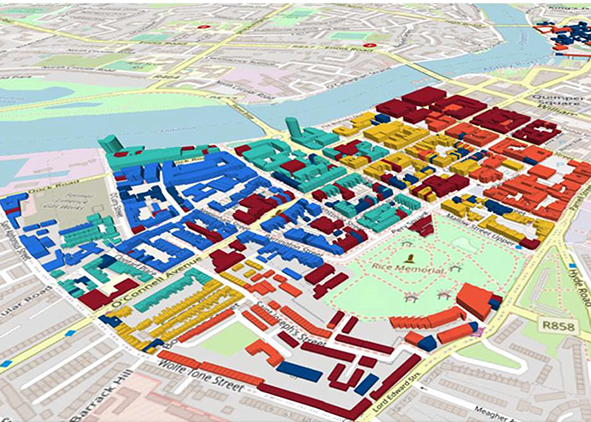
##submission.downloads##
Pubblicato
Come citare
Fascicolo
Sezione
Categorie
Licenza
Copyright (c) 2024 Danila Longo, Beatrice Turillazzi, Rossella Roversi, Stefano Lilla, Carlo Alberto Nucci, Andrea Costa, Alessandro Piccinini

TQuesto lavoro è fornito con la licenza Creative Commons Attribuzione 4.0 Internazionale.
AGATHÓN è pubblicata sotto la licenza Creative Commons Attribution License 4.0 (CC-BY).
License scheme | Legal code
Questa licenza consente a chiunque di:
Condividere: riprodurre, distribuire, comunicare al pubblico, esporre in pubblico, rappresentare, eseguire e recitare questo materiale con qualsiasi mezzo e formato.
Modificare: remixare, trasformare il materiale e basarti su di esso per le tue opere per qualsiasi fine, anche commerciale.
Alle seguenti condizioni
Attribuzione: si deve riconoscere una menzione di paternità adeguata, fornire un link alla licenza e indicare se sono state effettuate delle modifiche; si può fare ciò in qualsiasi maniera ragionevole possibile, ma non con modalità tali da suggerire che il licenziante avalli l'utilizzatore o l'utilizzo del suo materiale.
Divieto di restrizioni aggiuntive: non si possono applicare termini legali o misure tecnologiche che impongano ad altri soggetti dei vincoli giuridici su quanto la licenza consente di fare.
Note
Non si è tenuti a rispettare i termini della licenza per quelle componenti del materiale che siano in pubblico dominio o nei casi in cui il nuovo utilizzo sia consentito da una eccezione o limitazione prevista dalla legge.
Non sono fornite garanzie. La licenza può non conferire tutte le autorizzazioni necessarie per l'utilizzo che ci si prefigge. Ad esempio, diritti di terzi come i diritti all'immagine, alla riservatezza e i diritti morali potrebbero restringere gli usi del materiale.




